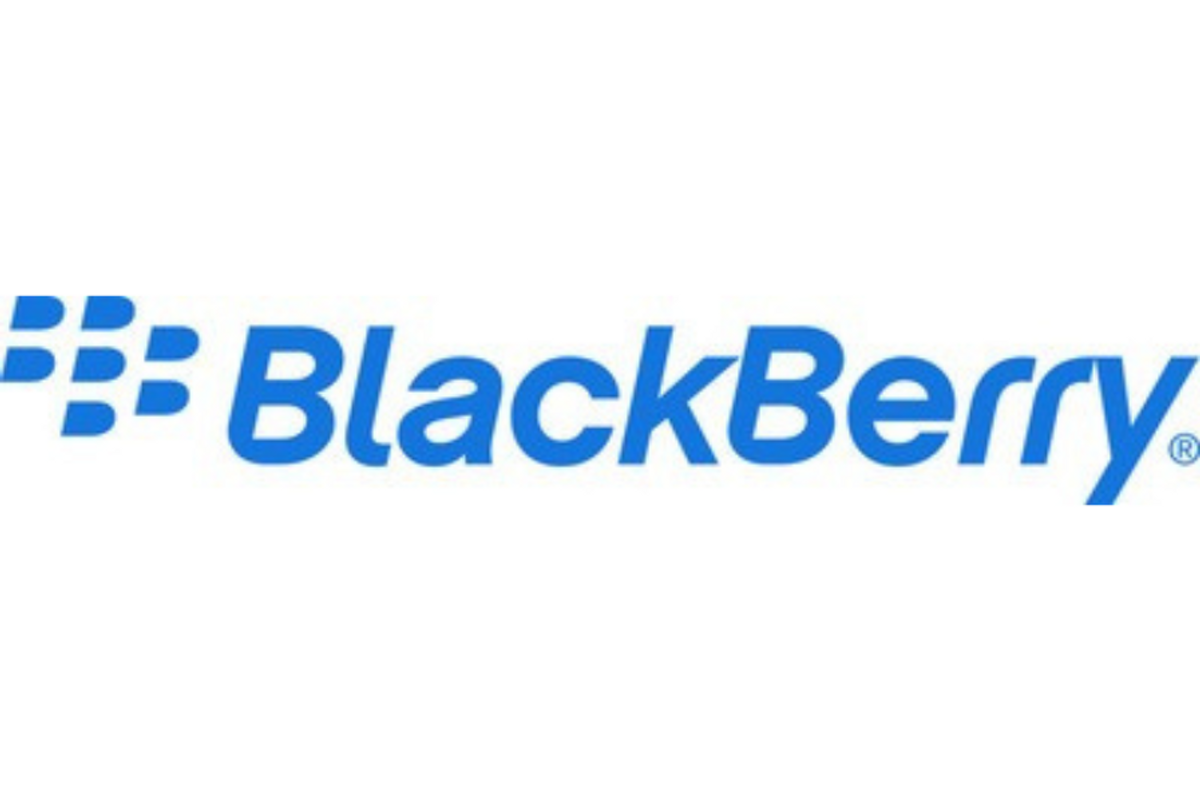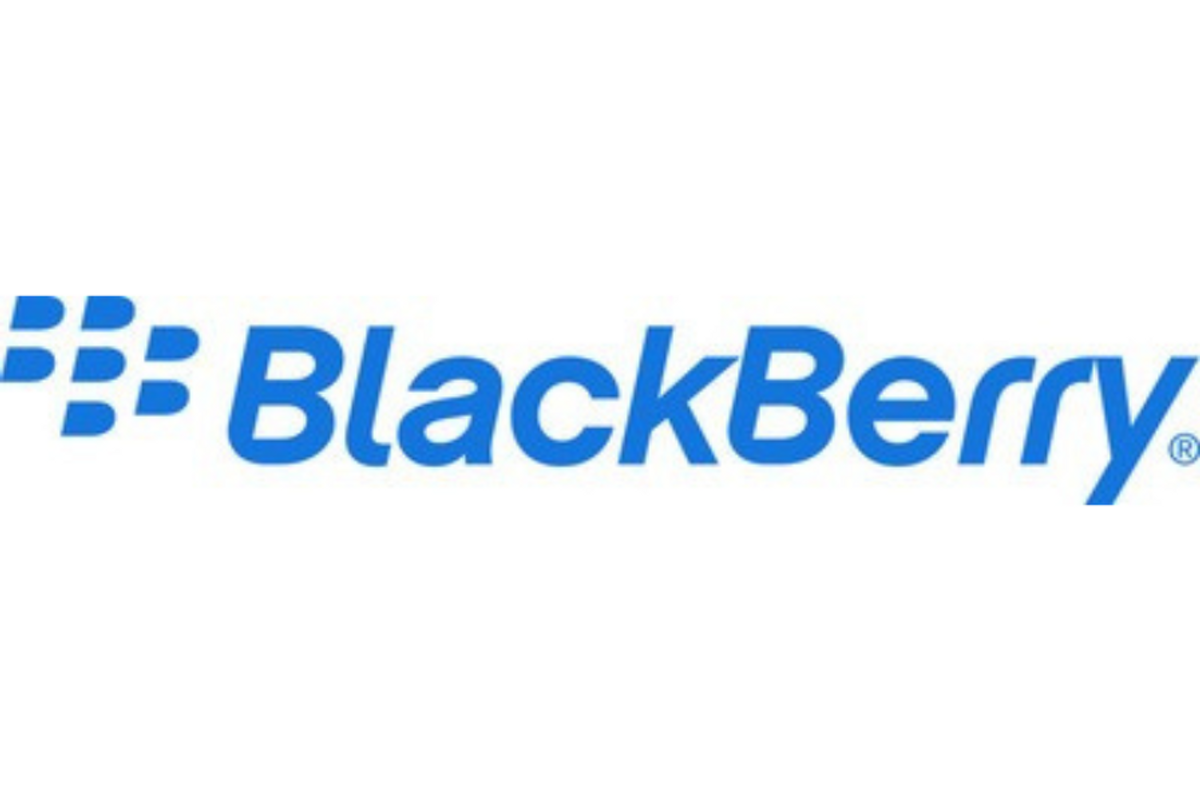5G Advanced is leading toward a more energy-efficient wireless system design
Qualcomm

In today's world, wireless communication has seamlessly integrated into our daily lives, enhancing every facet of our existence, from work to leisure. Given its pervasive influence, it is crucial that we guide the trajectory of wireless advancements toward sustainable technologies. By doing so, we can ensure that future wireless innovations not only meet our societal needs and fuel economic growth, but also minimize their environmental footprint.
Key 5G enabling technologies
The emergence of 5G in recent years has made significant strides toward creating a more sustainable world, contributing to our ongoing efforts in various ways. 5G brought several enabling technologies:
- Fixed Wireless Access (FWA), powered by 5G mmWave, expands broadband access to underserved communities, delivering internet and essential services to more people. It plays an essential role in closing the digital divide to improve social and economic equality.
- 5G Non-Terrestrial Network (NTN) complements terrestrial cellular networks, providing wireless connectivity to remote areas that lack traditional infrastructure (e.g., in far rural areas). Having access helps to bring new healthcare, education and economic opportunities into these areas.
- 5G Internet of Things (IoT) powers ubiquitous connectivity for a wide range of devices and services, from smart cities and homes to industrial automation and precision agriculture. This can improve efficiency, reduce waste and save energy.
The potential to mitigate additional emissions
Looking at environmental sustainability, the information and communications technology (ICT) industry directly contributes about 2% of annual global greenhouse gas (GHG) emissions. 1 However, these technologies, including 5G, also help to enable a significant GHG reduction of about 15% in adjacent industries that utilize them, which more than offsets the GHG they emitted. This results in a net positive impact on the environment.
Advanced innovations in 5G, IoT and artificial intelligence (AI) have the potential to further mitigate GHG emissions as they become available and widely adopted.
5G Advanced: Shifting attention to network energy savings
The economics of mobile operators reveal that about 23% of operational expenses (OPEX) are spent on energy to operate the networks,2 with the radio access network (RAN) accounting for a staggering 73% of the energy consumption.3 As 5G deployments proliferate further, coupled with the rapid growth in number of devices and data usage, energy-efficient innovations in the RAN have become increasingly important for not only OPEX savings but also for environmental sustainability.
With that in mind, the focus of 5G Advanced is turning to specifying energy-saving features for the device, network and exploring end-to-end energy-saving opportunities that also benefit the devices.
Further reducing device energy consumption
In 5G Advanced, Releases 18 and 19 build on the 5G device energy savings foundation, which supports features like the wakeup signal (WUS). Below are a few innovations coming:
- Low-power wake-up signal and receiver for 5G can enable an even more efficient way to wakeup devices in power-saving mode. This new design enables a power optimized receiver to monitor low-power wake-up signal from the network and only wake up the main radio when data is available at the device, avoiding significant power consumption from keeping the main radio on monitoring control signals from the network.
- Enhanced reduced capability (RedCap) devices can expand into new use cases (e.g., industrial sensors) with even lower device complexity, energy consumption and data rate support.
- Ambient IoT further scales down 5G IoT complexities beyond those offered by RedCap and narrow band IoT. It can enable new use cases that benefit from very low power and complexity devices that harvest energy from RF waves, solar, light, etc. Ambient IoT devices are batteryless and therefore, low maintenance (e.g., no battery replacement in asset trackers) with no energy storage at all or minimal energy storage (e.g., capacitor). Also, to reduce the complexity and power consumption, this device may not include signal generation or amplification.
Extending energy savings techniques to the network
5G Advanced also focuses on novel ways to improve energy efficiency in 5G networks, building on the learning and techniques from previous releases. One way to reduce network energy consumption is to dynamically adjust the network's operation based on feedback from the device. For instance, shutting down parts on the network when idle, transmitting less power depending on overall traffic load, or using more efficient antennas.
The scope of Release 18 not only includes a study item for network energy savings but also work items that incorporate specific energy-efficient techniques.
5G Advanced Release 19 introduces energy efficiency as a service. This new approach enables users and verticals to select energy efficiency criteria and other network performance parameters according to their needs. Unlike existing methods that primarily focus on energy efficiency within the 5G network, this new approach incorporates input from service applications and users to provide finer control over energy consumption and optimize network resource usage.
What's next?
At Qualcomm Technologies, we are fully committed to bringing 5G Advanced to life through cutting-edge research and collaborations. Our focus on air interface innovations, such as our groundbreaking super quadrature amplitude modulation (QAM) technology, enhances network performance and energy efficiency. We showcased this technology at Mobile World Congress 2023, demonstrating our dedication to wireless innovation. Looking ahead to 6G, we prioritize green networks and sustainability, leading in end-to-end system research and actively participating in global initiatives like NextG Alliance and Hexa-X II. Our 6G vision is to shape a technologically advanced and environmentally friendly future.
References
1: BCG. How Tech and Telecom Can Create a Triple Win in Green. Retrieved on Oct 30, 2023 from: https://www.bcg.com/publications/2023/role-of-ict-in-sustainable-development-triple-green-win.
2: GSMA. 5G energy efficiencies: Green is the new black. Retrieved on Oct 30, 2023 from: https://data.gsmaintelligence.com/api-web/v2/research-file-download?id=54165956&file=241120-5G-energy.pdf.
3: MAVENIR. A Holistic Study of Power Consumption and Energy Savings Strategies for Open vRAN Systems. Retrieved on Oct 30, 2023 from: https://networkbuilders.intel.com/docs/networkbuilders/a-holistic-study-of-power-consumption-and-energy-savings-strategies-for-open-vran-systems-1676628842.pdf.
View additional multimedia and more ESG storytelling from Qualcomm on 3blmedia.com.
Contact Info:
Spokesperson: Qualcomm
Website: https://www.3blmedia.com/profiles/qualcomm
Email: info@3blmedia.com
SOURCE: Qualcomm
View source version on accesswire.com:
https://www.accesswire.com/810293/how-will-wireless-innovations-foster-a-greener-more-sustainable-future



